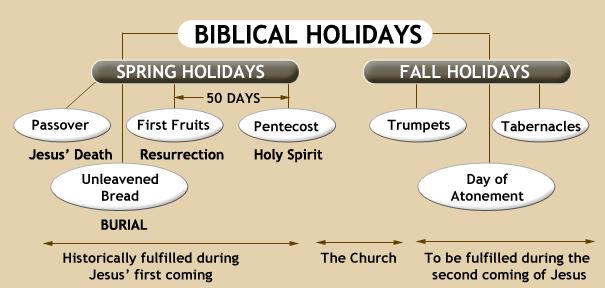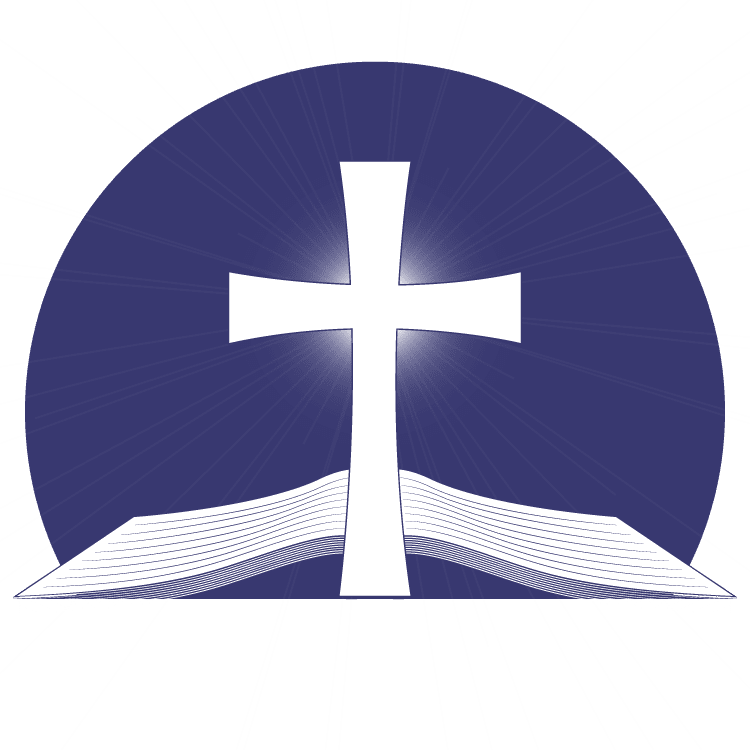God’s Appointed Pathway
“The Feast of Passover”
Leviticus 23:4-5
Wayne J. Edwards, Pastor
God established the seven feasts with the Israelites to illustrate His holiness, man’s sinfulness, man’s need of a Savior, and Jesus Christ as the Savior he needs.
- God established the feasts as “divine appointments,” seven periods of time His people were to set aside as holy unto Him; times to reflect upon His plan for the redemption of lost man.
- The four spring feasts pointed to the Messiah’s first coming as our Savior, as they illustrated Jesus’ death, burial, and physical resurrection, along with the coming of the Holy Spirit and the birthday of the Church.
- The three fall feasts point to the return of the Messiah as the King of Kings and the Lord of Lords, and described what He will accomplish, beginning with the rapture of the Church, followed by His victory over sin and Satan during the seven years of Tribulation, and the inauguration of His kingdom upon this earth for 1,000 years, and in the new heaven and new earth forever, world without end.
“Ye shall keep it a feast to the LORD throughout your generations;
ye shall keep it a feast by an ordinance forever.”
Exodus 12:14

The Feast of Passover:
1. The Selection of the Lamb – Vs. 1- 3 – “Speak to all the congregation of Israel: On the tenth of this month every man shall take for himself a lamb, according to the house of his father, a lamb for a household.”
- God took the initiative to make a covenant with Abraham, the father of the Jews. (Hebrews or Israelites)
- God promised Abraham protection and provision for him and his seed if he would reject the false gods of his fathers and his worship of the one true God.
- Abraham obeyed God, left his father’s home, and went to the place where God had led him, and in time, fathered a son named Isaac, who, in time, fathered a son named Jacob.
- In Jacob’s day, a famine occurred in the land of Israel, and he had to take his family to Egypt to survive.
- The Israelites prospered so much that they forgot about the land God had promised them, and more importantly, they had forgotten about the God who had given them the promise.
- Fearing their phenomenal population growth, a new Pharaoh forced the Israelites into slavery and ordered the death of all the male children.
- For the first time in 400 years, the Israelites cried out unto the God of their fathers for rescue and redemption.
- They thought God had abandoned them, but it was, in fact, God who had brought them to the point to motivate them to be willing to follow the deliverer He had already determined to send to them.
Throughout the Old Testament, God used individuals, events, and earthly elements as prophetic pictures that would be fulfilled in persons, events, and activities in the New Testament.
- The Old Testament example was a “type,” and the New Testament fulfillment was an “anti-type.”
- 1 Corinthians 15:22, “As in Adam all die, so also in Christ shall all be made alive.” Adam was the “type,” and Jesus was the “antitype.”
- In Numbers 21:8-9, the bronze serpent on a poll was the “type,” and Jesus on the cross was the “antitype.”
- In Exodus 12 – Egypt was the “type” of the sinful world, Moses was a “type” of Christ, and so was the Passover lamb.
- John 1:29,” Behold the Lamb of God who takes away the sin of the world.”
2. The Superiority of the Lamb – Vs. 5–6, “Your lamb shall be without blemish, a male of the first year, and you shall keep it until the fourteenth day of the month.”
- 1 Peter 1:18-19 – we were redeemed “with the precious blood as of a lamb unblemished and spotless, the blood of Christ.”
- Hebrews 9:13-14 – if the blood of bulls and goats cleansed a man from his sins, “how much more will the blood of Christ, who through the eternal Spirit offered Himself without blemish.”
- Adam was the first perfect man, but being totally human, he was susceptible to the temptation of sin, and therefore he fell short of God’s glory.
- Jesus was the perfect God-Man, and because of His Divinity, it was impossible for Him to sin.
3. The Significance of the Lamb – Vs 6-11- “Now you shall keep it until the fourteenth day of the same month…then you shall kill it at twilight…take some of the blood and put it on the two doorposts and on the lintel of the houses where they eat it.”
 |
- Jesus was a man taken in the midst of His days.
- Jesus was killed between two evenings.
- Jesus complained of His bones burning and that He suffered from thirst.
- Jesus’ body was buried so nothing remained of Him the next day.
|
4. The Salvation in the Lamb – Vs. 12-13 – “I will strike all the firstborn in the land of Egypt, [but] when I see the blood, I will pass over you; and the plague shall not be on you to destroy you when I strike the land of Egypt.”
- Neither the Hebrews nor the Egyptians were worthy of salvation, but God’s grace made a difference between them.
- At midnight, the firstborns of Egypt were slain, from the King to the cattle, but none of the firstborns of Israel were slain.
5. The Symbolism of the Lamb – Vs. 24-29 – “And you shall observe this thing as an ordinance for you and your sons forever. And when your children say to you, ‘What do you mean by this service?’ that you shall say, ‘It is the Passover sacrifice of the Lord, who passed over the houses of the children of Israel in Egypt when He struck the Egyptians and delivered our households.”
-
- The first Passover occurred on the 14th of Nisan, and 1500 years later, Jesus of Nazareth was crucified on the 14th of Nisan, fulfilling the symbolism of the Feast of Passover.
- Every Passover, priests would sacrifice over 250,000 lambs.
- They would start at 9:00 A.M., the “third hour,” the same time they began to crucify the Lord Jesus.
- Later that day, the High Priest inspected the last lamb, and the shofar was sounded to the let the people know the final lamb was ready to be slaughtered.
- But at the same time the priests were binding the final lamb to the alter at the Temple Mount, Roman soldiers were nailing Jesus to the cross.
- At 3:00 P.M., the High priest who offered the final lamb would cry out, “I thirst,” wet his lips with water, and proclaim, “It is finished.”
- It was precisely 3:00 P.M. when Yeshua, our High Priest gave up His Spirit and said, “It is finished.”
- While the Israelites celebrated the Passover just as they had done every year for 1500 years, Jesus, the precious Lamb of God was being crucified to redeem us from our sins.
- Jews celebrate Passover as a memorial to their forefather’s redemption from their slavery in Egypt. But as believers, we celebrate Passover as the day God redeemed us from our sin, and assured us of our home with Him in heaven.








